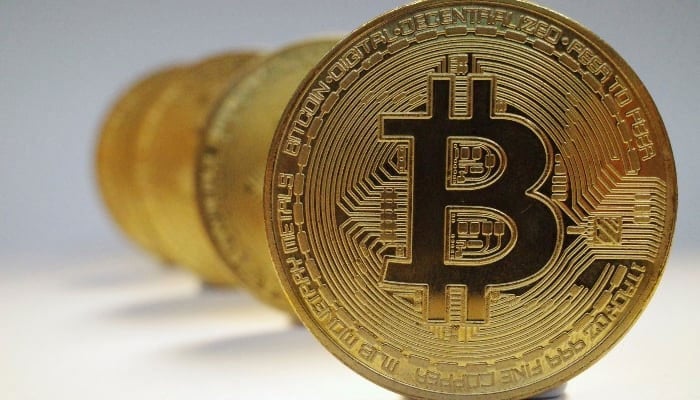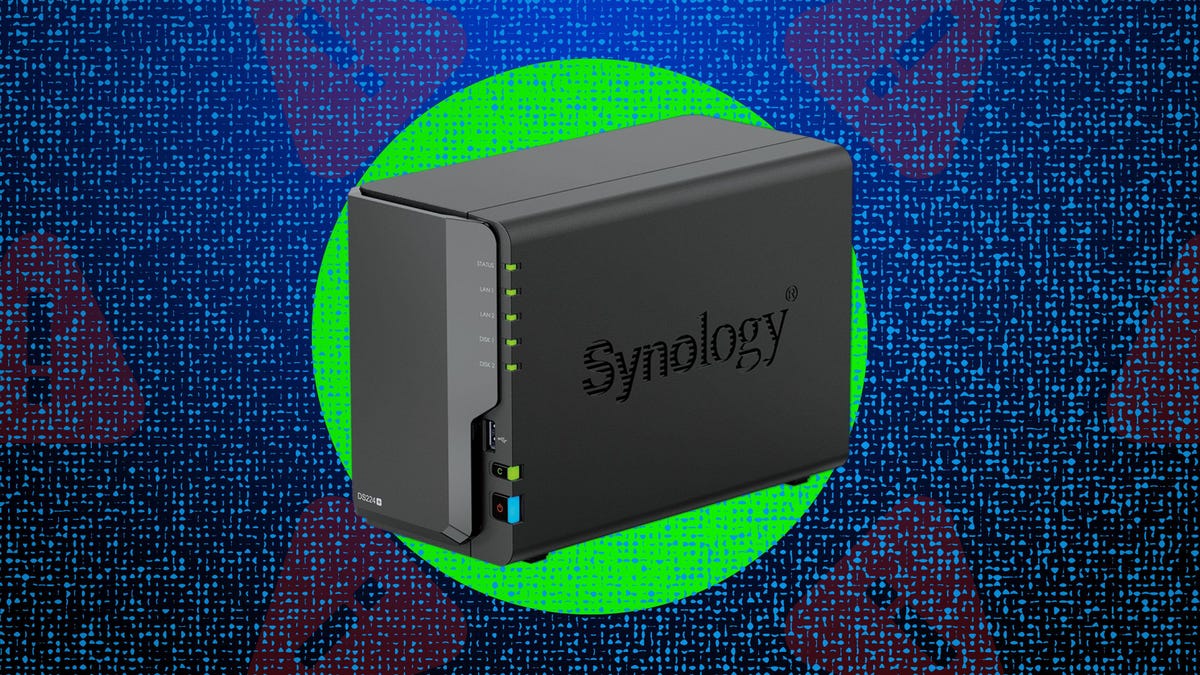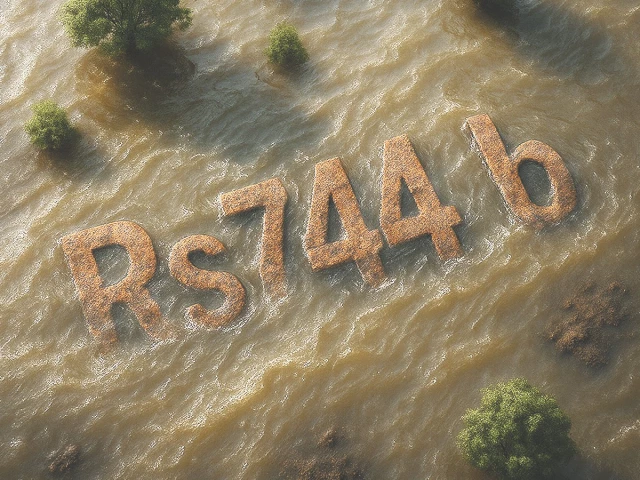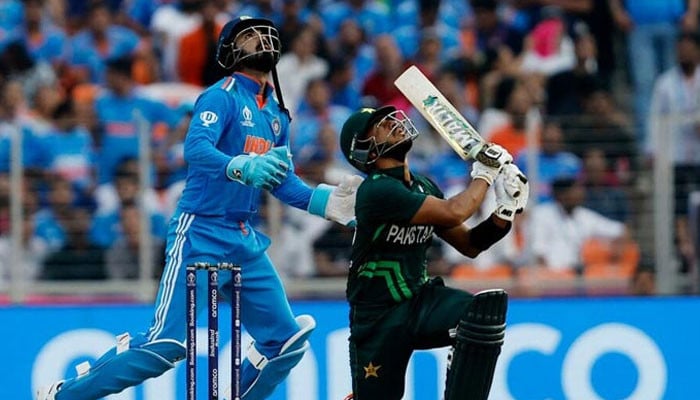Retuers Bangladesh’s dengue outbreak is worsening rapidly with infections and deaths climbing sharply across the country, health experts have said, warning the disease could spiral if urgent…
Author: admin
-

$14 Million Series A Closed For AI-Based Audio Separation Technology
AudioShake has recently announced it raised $14 million in Series A funding. This funding round was led by Shine Capital, with notable contributions from Thomson Reuters Ventures, Origin Ventures, Background Capital, as well as…
Continue Reading
-

Australia: Health issues urgent warning measles outbreak alert after 47 cases detected | The Transmission
The Australian A measles outbreak is spreading in WA, with 47 cases now detected so far this year.
WA health authorities issued a fresh warning about the potentially fatal disease on Wednesday, saying eight cases had been detected in an…
Continue Reading
-

Crypto-mapping for digital assets
Pakistan is a country of intelligent people who are seriously thinking about creating a niche for cryptocurrency mining through blockchain technology.
That is precisely why the government took the initiative to form the Pakistan Crypto Council and the Pakistan Virtual Asset Regulatory Authority. The Pakistan Crypto Council is responsible for developing policies, infrastructure and regulations for blockchain technology and digital assets.
The Virtual Asset Authority will oversee compliance protocols and issue licenses to virtual asset service providers, such as cryptocurrency exchanges, for the trading of cryptocurrencies. The State Bank of Pakistan has yet to recognise cryptocurrency as legal tender for the digital economy. The crypto bet is too big to ignore. It has its own pros and cons.
It is a complex digital world developing through the strong backing of AI as a resource. A country like Pakistan needs to tread carefully when developing and dealing with this immense treasure trove. Cryptocurrency is one of the businesses Pakistanis are already engaged in, with millions currently venturing through illegal, informal channels. Now that the government has announced the allocation of 2,000 megawatts of electricity for crypto mining, it is a significant step forward in realising the dream of creating virtual asset reserves to boost investment and economic growth. There is an immediate need to establish a regulatory framework for creating such reserves based on crypto mining using the most modern blockchain technology. Pakistan can become a regional digital hub if resources are properly utilised. Proper utilisation of resources requires a policy framework with adequate digital infrastructure and a regulatory mechanism in place.
Cryptocurrency mining is a lengthy and energy-intensive process that consumes a significant amount of electricity. A country like Pakistan, which faces significant constraints in generating and consuming power affordably, may encounter substantial difficulties when venturing into such mining businesses involving blockchain technology. However, it is a fact that Pakistan has significant potential to generate cheap power by utilising its abundant resources in the form of water, wind and solar energy.
Hydropower, wind, and solar energy may be the best forms of clean energy for such ventures to create digital and virtual asset reserves. Fossil fuels, coal and thermal power are the most expensive forms of energy and are not ideally suitable for crypto mining businesses. Pakistan is more reliant on such expensive forms of energy, for which we are paying capacity charges that add to the volume of ever-rising circular debt. The utilisation of expensive electricity may not be beneficial for crypto mining businesses, and this needs to be thoroughly reviewed as a policy for better outcomes in utilising energy for virtual digital assets.
Bitcoin devours more electricity than many countries. There is a long-standing debate on multiple options for utilising cryptocurrency mining to create inexpensive, secure, and reliable digital reserves for economic growth. One can discuss Bitcoin, often considered digital gold, and the amount of electricity its mining consumes. Countries like Iceland, Paraguay and Norway have the largest share of renewables in their energy mix but represent only 1.1 per cent of the Bitcoin network.
The most popular cryptocurrencies in vogue are Bitcoin, Ethereum, Tether, XRP, Cardano, Solana, etc. They have their own value systems determined by the demand and supply mechanism. They are all major energy consumers in their mining operations. Although Pakistan has a capacity of around 45,000MW of electricity generation, it may, as experienced by Iran and Kazakhstan, face the worst kinds of electricity shortages.
Financial experts hold varying viewpoints on the incorporation of cryptocurrencies into national reserves. The government’s decision has already sparked intense debate among political economists and technological circles regarding the best way to utilise cryptocurrency mining to create virtual digital asset reserves in countries like Pakistan. Proponents consider cryptocurrencies, in support of their arguments, as contributing to financial stability, hedging against inflation and being business-friendly. The regulation of cryptocurrencies and their volatility will remain a major concern.
The cybersecurity of digital currencies is another significant concern for policymakers. Financial fraud and the illegal use of money, including terror financing, may become a headache if these currencies are not strictly regulated with strong security protocols in place. Despite all sorts of reservations, most economists today favour cryptocurrency options as the only way forward for the digital world.
There is a real danger that virtual digital currency options may become new cryptocurrency casinos, which must be avoided at all costs. The real economy, based on large-scale manufacturing and industrial growth that boosts exports, needs to be developed. Virtual assets, unless brought under a strict policy framework, often become imaginary reserves. Nevertheless, the importance of digital currencies cannot be overstated, as new digital currencies and stablecoins are becoming new rails for cross-border settlement, avoiding invisible taxes and traditional transfer fees that unnecessarily create hurdles for businesses. If digital currencies are left unregulated, they will expand through informal channels. Smart integration through a strong regulatory framework and oversight may deliver results. Financial inclusion can revolutionise the country’s economy.
A strong policy framework, digital infrastructure and regulatory mechanism can ensure a thriving financial landscape based on virtual asset reserves, transforming Pakistan into a regional digital currency hub. It requires a lot of energy, along with substantial power bills, to keep the crypto regime afloat. Crypto mining using blockchain technology is an expensive affair, burdening the economy itself unless its full potential is exploited. It also entails social and political costs in case of failure. The fallout is so severe that no one can recover from crypto shocks, as seen in the Binance exchange scandal, where billions were lost in no time. Such situations must be avoided at all costs. A strong crypto infrastructure, a well-defined regulatory framework and a robust cybersecurity regime can prevent such scandals. These need to be developed.
Another serious concern is that inequality can dangerously increase, as 38 per cent of the population is uneducated and illiterate and cannot benefit from the rapid modern transition in the field of digital currencies. The example of Nigeria is particularly relevant here, where people could not benefit from the digital transformation in the cryptocurrency world simply because a few wealthy individuals extracted the majority of the value by utilising cryptocurrencies. Wealth concentrated in a few hands, with the elite diaspora outpacing economic growth, creates the specter of inequality, stifling real progress as capital flows into unproductive sectors of the economy. Crypto businesses may become gambling dens. The need of the hour is to avoid such a worst-case scenario in the days to come.
Stringent regulatory conditions enforced through a regulatory framework can help avoid traps in illegal cryptocurrency transfers and plug loopholes. The need of the hour is to empower the people of Pakistan through fast and efficient digital transfer mechanisms, free from invisible taxes and transfer fees. That is quite possible through cryptocurrency. We can revolutionise our economy by creating digital virtual asset reserves, avoiding traditional gold, silver or dollar reserves. The government must ensure a very strong regulatory regime, digital infrastructure and cybersecurity oversight mechanism to prevent any future major crypto scams.
Where the risks loom large in the face of AI-backed crypto and digital currency businesses, there are innumerable benefits and opportunities as well. Pakistan’s crypto bet can transform the entire economic and financial landscape. There is an immediate need to harness cheap power generation potential to help realise the crypto mining digital dream. Renewable clean energy options will work well to capitalize on crypto mining using blockchain technology. Avoiding invisible taxes on transferring money through traditional channels can boost economic transformation.
The risks of attracting FATF conditions are real due to the volatility of cryptocurrency and its payment systems. However, the fact remains that significant investments and trade inflows resulting from the digital cryptocurrency transformation can substantially boost economic growth.
The writer is a former additional secretary and can be reached at: hassanbaig2009@gmail.com
Continue Reading
-

You May Be Able to Exercise Your Way Out of a “Broken” Heart
“People may not be as surprised that an exercise program helped heart patients, but it is intriguing that this study also showed that cognitive behavioural therapy improved heart function and patients’ fitness,” Sonya Babu-Narayan, MD,…
Continue Reading
-

Jacques Villeneuve claims the title after infamous collision with Michael Schumacher – 1997 European Grand Prix
To mark F1’s 75th anniversary celebrations, F1.com is counting down the sport’s 25 greatest races with a new feature every week. While you may not agree with the order, we hope you enjoy the stories of these epic races that have helped make…
Continue Reading
-

Synology backtracks on its third-party drive ban after backlash – but there’s a catch
Synology / Elyse Betters Picaro / ZDNET Follow ZDNET: Add us as a preferred source on Google.
ZDNET’s key takeaways
- Synology will again allow third-party drives in its NAS boxes.
- Users will need to upgrade to DSM 7.3 to remove the…
Continue Reading


